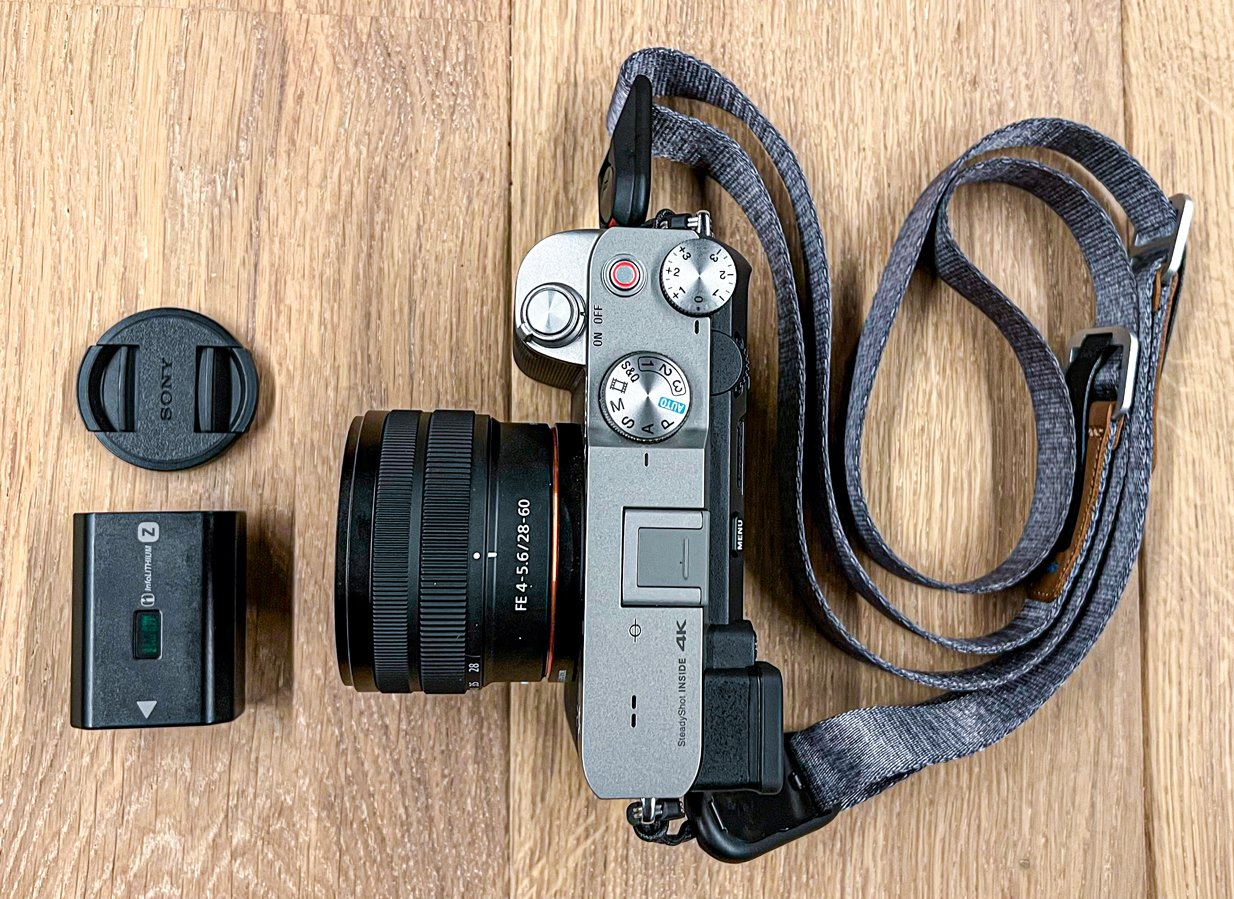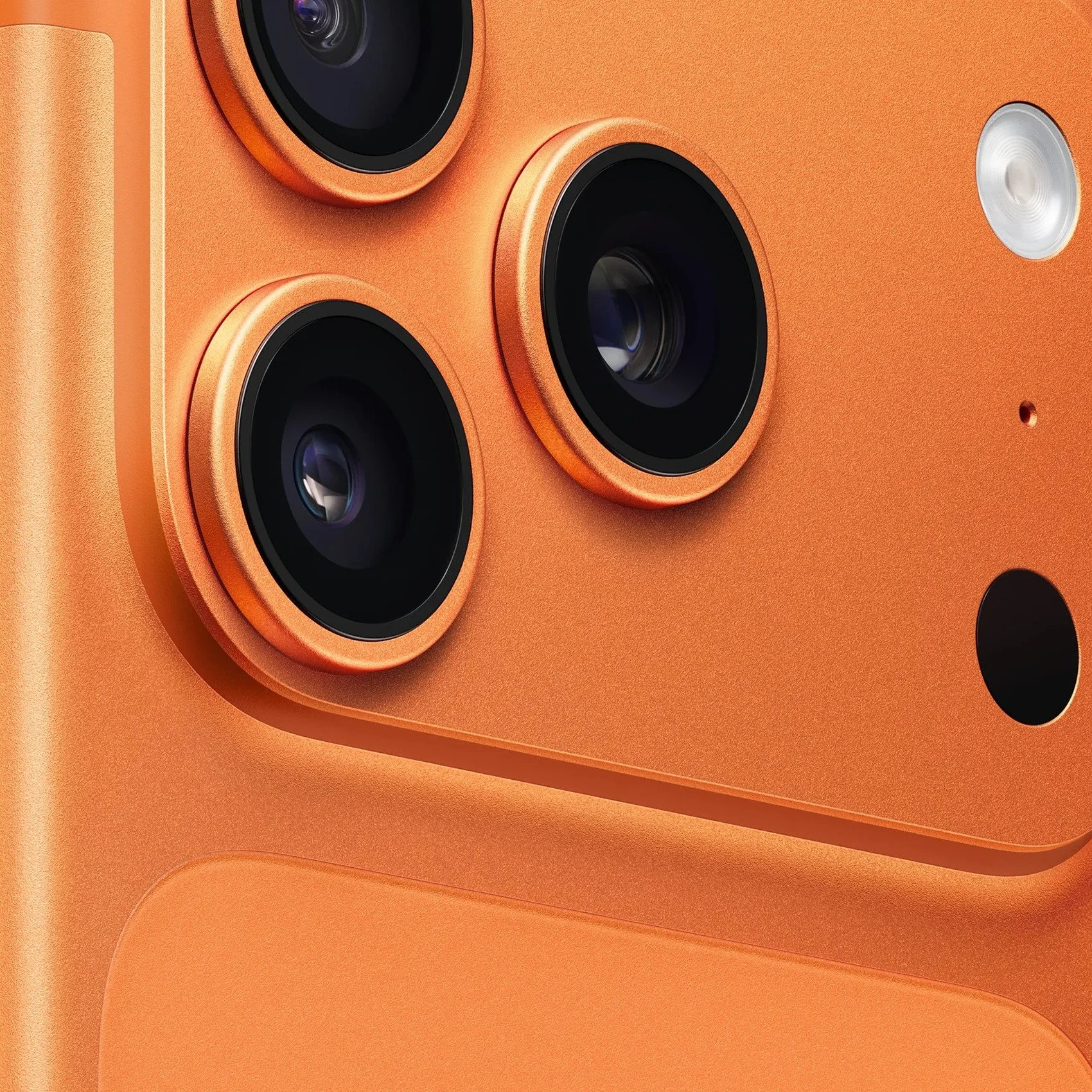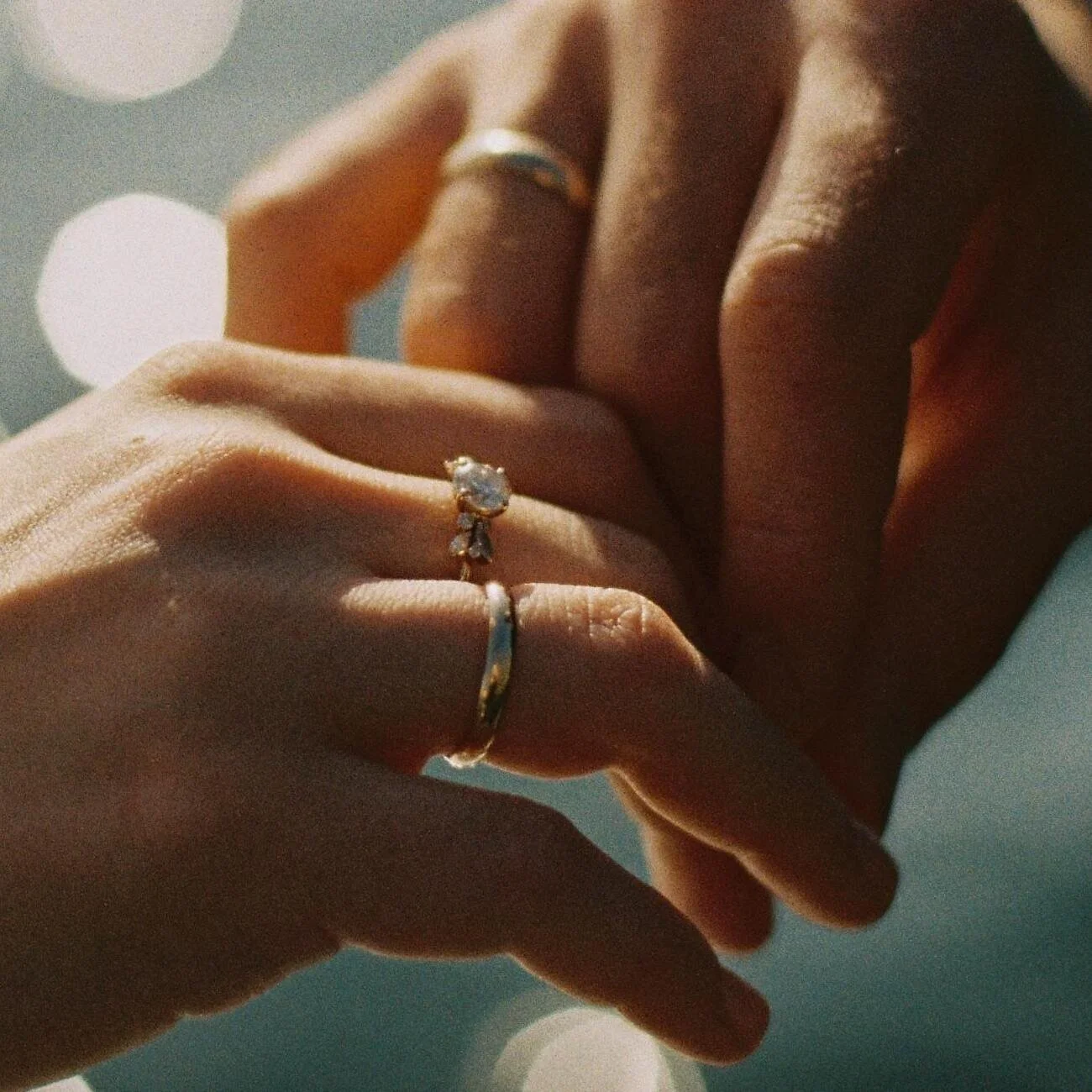SONY A7C II versus SONY A7 IV versus SONY A7C
Who am I to not compare the newly released Sony A7C II to the original A7C and the A7 IV? The A7C is currently pretty reasonable, and I anticipate further price reductions soon.
I reviewed every detail of the three cameras' specifications, and I must admit that there are a lot of variations. On the outside, the A7C Mark II and A7C look remarkably similar, however the interior has been entirely updated.
Since the A7C II is based on the A7 IV, their specifications are quite similar.
This is all you need if you're debating between the A7C II, A7C, or A7C. The distinctions between the three cameras will soon be clear to you.
CONTROL & SENSOR
Let's begin with the camera's sensor, which is arguably its most crucial component. The Sony A7C II's sensor and the Sony A7C's original sensor have significant variations. We can see that while the A7C II uses the sensor from the Sony A7 IV, the A7C employs the same sensor as the Sony A7 III.
The Sony A7C II features a 33 MP sensor, whereas the A7C has a 24 MP sensor, hence the difference is in resolution. That represents a difference of around 45%, which initially appears to be substantial. It's because, like with the A7 IV, the A7C II allows you to print images in considerably larger formats.
Higher resolution means that each pixel is much smaller, which means that each pixel can absorb less light. This resolution also has drawbacks. As a result, the Sony A7C II and A7 IV perform less well in terms of noise than the Sony A7C.
By the way, none of these three cameras make much noise, so you don't have to be frightened to take pictures or record videos in low light.
VIDEO
Because the Sony A7C Mark II and the A7C are so small, you frequently wish to bring them on vacations. Of course, having the ability to create stunning videos is advantageous. Fortunately, both cameras are excellent at this, but there are still disparities.
For instance, the A7C can film at a resolution of 4K30fps, which is more than sufficient for the majority of circumstances. You can film in 4K at 60 frames per second with the A7C Mark II and A7 IV, but you don't utilize the entire sensor. Only Super35 mode, which has a 1.5x crop factor, may be used to capture 4K60p video with the A7C II or A7 IV.
However, the A7C II can capture 4K30p films from 7K oversampled video, which has the sharpest detail possible. This oversampling is marginally superior to the A7C's, which can capture footage in 4K30p using a 6K oversampling. The A7C II or A7 IV should not be chosen only for this reason, as the difference is hardly discernible.
Another crucial factor is dynamic range, where there is just a slight difference between the three cameras. When you shoot in Slog-3, the Sony A7C offers a dynamic range of 14 stops. A dynamic range of 15 stops is slightly better on the A7C II and A7 IV.
The additional stability that the Sony A7C II and A7 IV feature, specifically the Active Mode, as Sony refers to it, is a key point to make. This method makes advantage of the camera's gyro sensor to catch every movement in the movie. After that, you can use software to further stabilize the image.
The IBIS can make up to five stops of compensation even though the original A7C lacks this Active Mode. Additionally, the A7C II and A7 IV now include built-in stabilization that can correct for 5.5 stops, which is an improvement over previous models.
While the Sony A7C II and A7C use micro-HDMI ports, the Sony A7 IV uses a full-size HDMI port for connecting monitors. This is significantly more delicate and can break much more quickly. Something to think about. The A7 IV's bigger body lets the heat to dissipate more evenly, so cooling is also improved.
AUTOFOCUS
Between the A7C II, A7 IV, and A7C, there are already several noticeable modifications in the sensor and video functionalities mentioned above. The autofocus will make the third key difference clear. Well, I'll say up front that the A7C's autofocus is truly great.
The AI component Sony installed in the A7C II is the first significant difference. This second CPU focuses solely on the camera's deep learning functionality. This indicates that compared to the A7 IV and the A7C, the A7C II is much more accurate while focusing and can recognize a far larger number of subjects.
At least the eyes are always crisp, according to Sony, who says that the A7C Mark II and Sony A7 IV can focus up to 30% more correctly on people's eyes. Animal eyes can also be distinguished by the A7C II and A7 IV, which is not necessarily a distinction from the A7C. The A7 IV and A7C II vary in that they can distinguish animal eyes in video mode.
The autofocus coverage of the three cameras has improved on the A7C II and A7 IV by up to one percent, which is a minor improvement to note. They cover 94% of the area, compared to 93% for the A7C.
A BUFFER & BURST MODE
As a professional action photographer, I am well aware of the significance of the autofocus, burst mode, and buffer capacities. Let's go on to the final two points, which are connected to the first item we just discussed.
The three cameras' burst modes remain unchanged. The A7C II, A7 IV, and A7C are suitable for action photography, including sports and nature photography, with a burst mode of 10 frames per second. Naturally, the A7C II and A7 IV have greater tracking, which makes them slightly better for action photography.
On the A7 IV, the buffer is considerably better. The buffer can hold up to 1000+ consecutive RAW and JPEG shots without running out of space. That surpasses the A7C's capacity of up to 215 JPEGs and 45 RAW images by a wide margin. The A7C II can capture up to 1000 JPEGs or 44 RAW images.
That is to say, compared to the previous A7C and the more recent A7C II, the Sony A7 IV is actually a lot better for action photography. You now understand why the buffer on the A7C II and A7 IV is at least five times larger, and how much better the autofocus is for shooting sports and nature.
ERGONOMICS
The A7C II's buttons and layout are essentially unchanged from the A7C. We see that the buttons are precisely where they were before; something that is already good shouldn't, should we say, be modified.
Sony, however, has decided to add an additional dial to the front, next to the grip. This is simple to use with your middle or index finger.
With the A7C II, we also see an additional "custom" button just above the screen. This can be connected to a wide range of functions, which the original A7C does not support.
The record button is located on top of all three cameras, which, according to Sony, makes snapping selfies and movies considerably simpler. Even though the screens are practically identical, the A7C II's screen has a greater resolution.
The viewfinder is primarily to blame for the A7 IV's larger size than the A7C II. Large-handed photographers will benefit from the A7 IV's greater size. Additionally, this explains why the A7 IV has two memory cards, as opposed to the A7C II's and A7C's single memory card.
DESIGN & WEIGHT
The A7C II and A7C must obviously be made lighter and more compact because they are the smaller versions of the A7 III and A7 IV. At these camera locations, there is hardly any difference visible.
Because the A7C's grip is too small for many photographers, the A7C II comes with an additional grip as standard. There's nothing wrong with the extra grip; you can leave it at home when you don't need it, and at least you'll have it when you need.
Compared to the previous two cameras, the A7 IV is significantly larger and heavier. As an illustration, the A7 IV weighs 658 grams, which is approximately 150 grams more than the A7C II and A7C. This is something to bear in mind if you travel frequently.
PRICE
It is hardly surprising that the three cameras have significantly different prices. 2020 saw the release of the initial A7C, which gave the A7C II and A7 IV three and one years, respectively, to follow. The A7C is now available for about $1798 after a significant price cut.
The A7C II costs a little more than the A7C, which is slightly more expensive than the A7 IV. For $2199, you may purchase the A7C II. The A7C II and A7C are so priced differently by a few hundred dollars.
You will need to pay somewhat more if you want the A7 IV. One will cost you $2498 to take home.
Is it worthwhile? You must make that decision for yourself, however I did compare the three cameras for you.
FINAL COMMENTS
You should be able to choose between the three cameras now that you are fully aware of their differences. Is the A7C II pricey enough? Pay close attention to your needs and wants.
The A7C II or A7 IV seem like the better choices if you intend to perform a lot of action photography or maybe filming. This is primarily because of the 4K60p feature, enhanced autofocus, and enormous buffer.
Additionally, I believe the decision is already made if you travel frequently. The A7C II weighs 150 grams less than the A7 IV, making a significant difference in size and weight. Even your hand luggage will fit it.
The original A7C is a workhorse also if you don't want to take wild action photos. We've grown to expect the "C" line's small and portable cameras, and the A7C II and A7C are no exception. Therefore, the Mark I and II are both ideal for bringing on vacation and creating stunning photos.

















